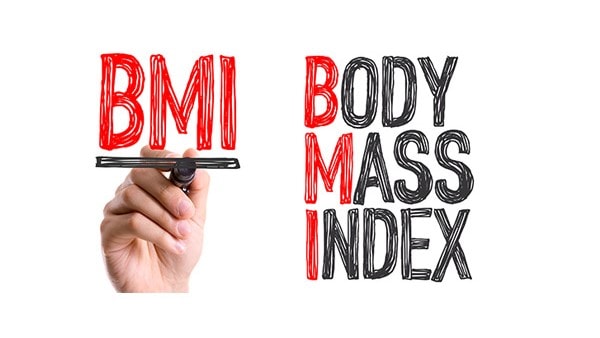At a glance
BMI is a calculated measure of body weight relative to height. For adults, BMI categories are underweight, healthy weight, overweight, and obesity. Obesity is further subdivided into three classes. BMI is a screening measure. BMI should be considered with other factors when assessing an individual's health.

BMI categories for adults
BMI is a calculation of a body person's weight (in kilograms) divided by the square of their height (in meters). For adults 20 and older, BMI categories are based on a person's BMI regardless of age, sex, or race.
BMI categories for adults 20 and older:
(Severe Obesity)
BMI is a screening measure
Adult BMI example
Example of weight and BMI categories for an adult who is 5 feet and 9 inches tall.
(Severe Obesity)
Adult BMI calculator
To calculate BMI for adults 20 and older, use CDC's Adult BMI Calculator. The BMI Calculator is not intended to be a substitute for professional medical advice.
To calculate BMI and BMI percentile for people 2 through 19, use CDC's Child and Teen BMI Calculator.


